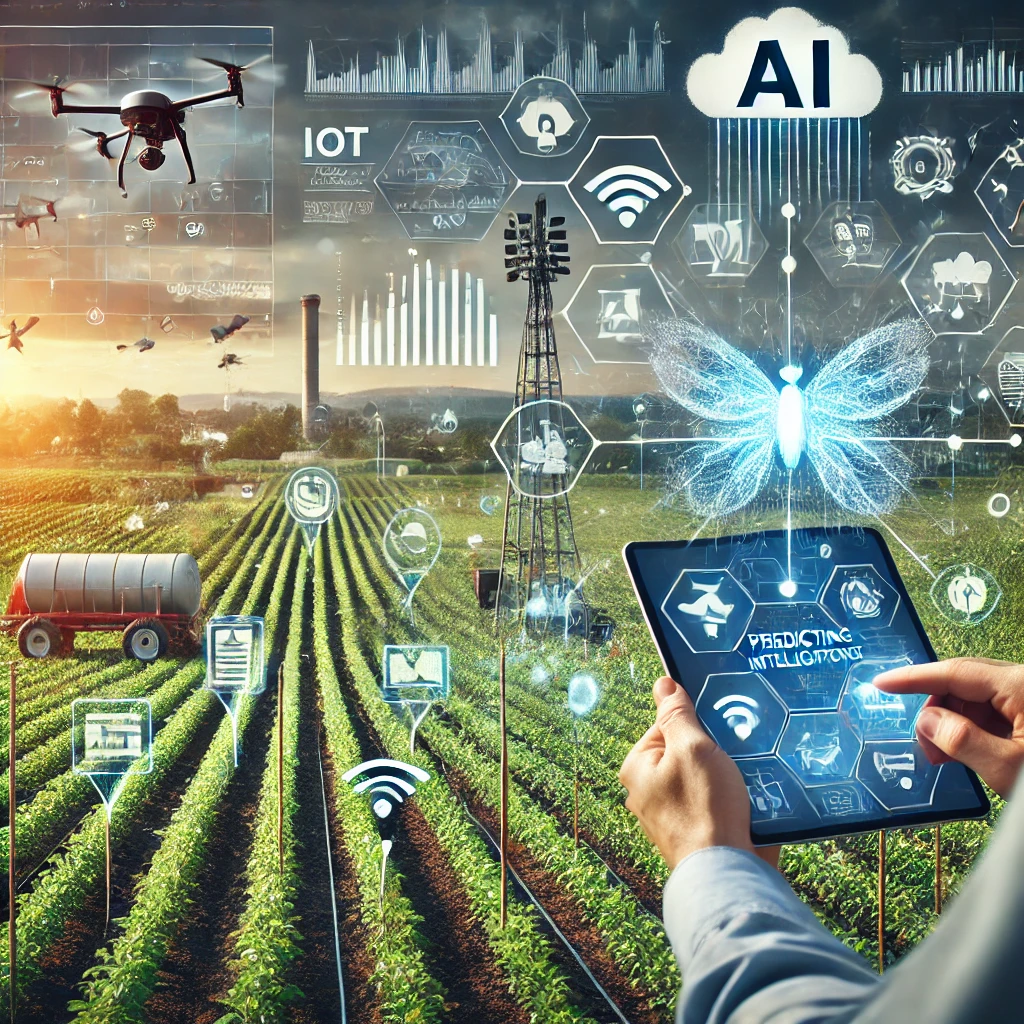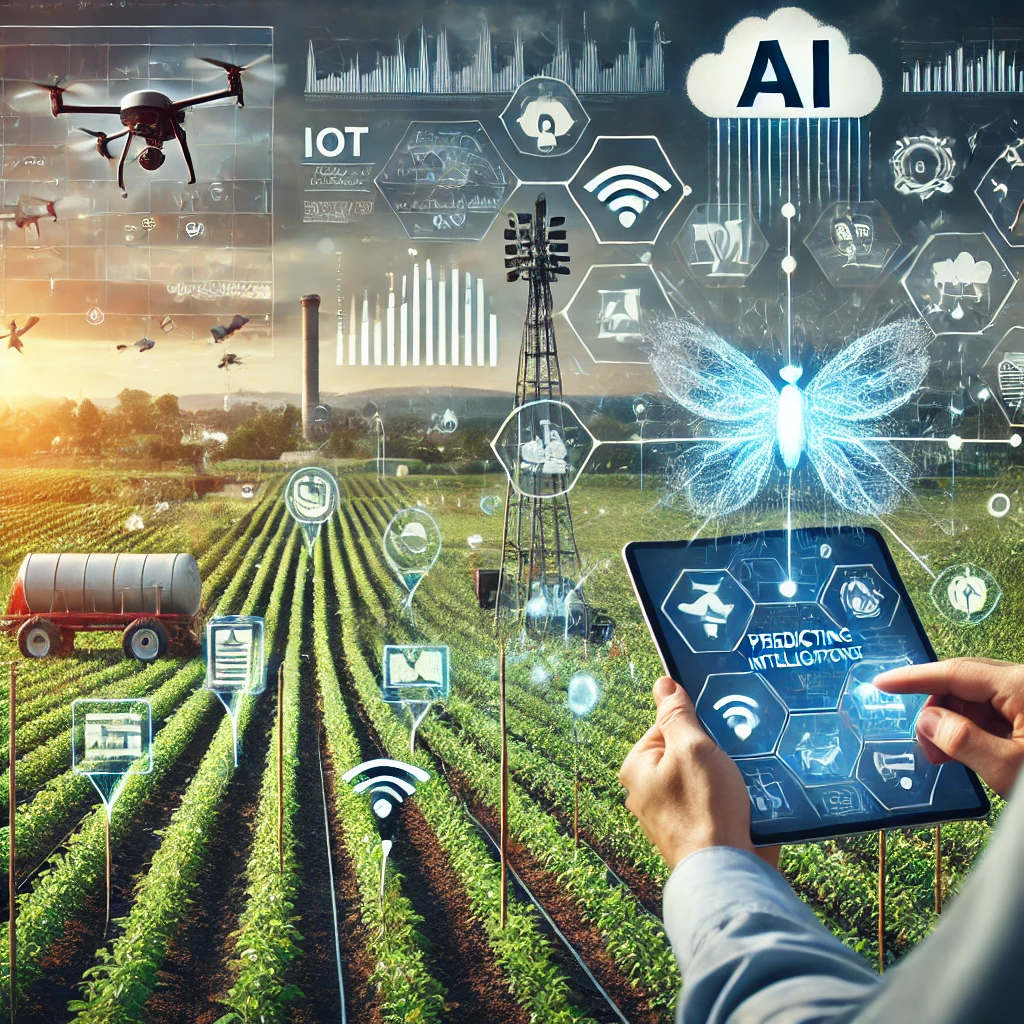
Introduction
Artificial Intelligence (AI) is transforming agriculture by enhancing various aspects of farm management, including pest control. Predicting pest outbreaks accurately is crucial for effective pest management and crop protection. AI-driven solutions offer new possibilities for forecasting pest invasions, enabling proactive measures and minimizing crop damage.
Data Collection and Analysis
AI relies on extensive data collection to predict pest outbreaks. Sensors, drones, and satellites collect real-time data on environmental conditions, crop health, and pest activity. AI algorithms analyze this data to identify patterns and trends that may indicate upcoming pest problems. For example, temperature and humidity data can help predict when pests are likely to emerge or spread, allowing farmers to prepare in advance.
Predictive Modeling and Machine Learning
Predictive modeling and machine learning are central to AI’s role in pest management. Machine learning algorithms analyze historical pest data, weather patterns, and crop information to create models that forecast pest outbreaks. These models improve over time as they learn from new data, increasing their accuracy and reliability. By using these predictive tools, farmers can make informed decisions about pest control strategies, reducing the need for reactive measures.
Decision Support Systems
AI-powered decision support systems assist farmers in managing pest outbreaks. These systems integrate predictive models with real-time data to provide actionable insights and recommendations. For instance, AI can suggest optimal times for pesticide application or recommend integrated pest management (IPM) strategies based on predicted pest activity. These systems help farmers implement precise and timely interventions, improving the efficiency and effectiveness of pest control.
Remote Monitoring and Automation
AI facilitates remote monitoring and automation in pest management. Drones equipped with AI technology can survey large areas of farmland, detecting pests and assessing crop health. Automated systems can then deploy targeted treatments or adjust environmental conditions based on AI analysis. This remote approach reduces the need for manual inspection and intervention, saving time and resources while enhancing pest control precision.
Challenges and Future Directions
Despite its benefits, AI in pest prediction faces challenges. Data quality, integration of diverse sources, and the need for constant updates to models are ongoing issues. However, advancements in AI technology and data analytics continue to improve its application in agriculture. Future developments may include more sophisticated models, enhanced real-time monitoring, and greater integration with other precision agriculture technologies.
Conclusion
Artificial Intelligence is revolutionizing pest management in agriculture by predicting outbreaks with greater accuracy. Through data collection and analysis, predictive modeling, decision support systems, and remote monitoring, AI provides valuable tools for proactive pest control. Addressing challenges and advancing AI technology will further enhance its role in ensuring effective and sustainable pest management in agriculture.

